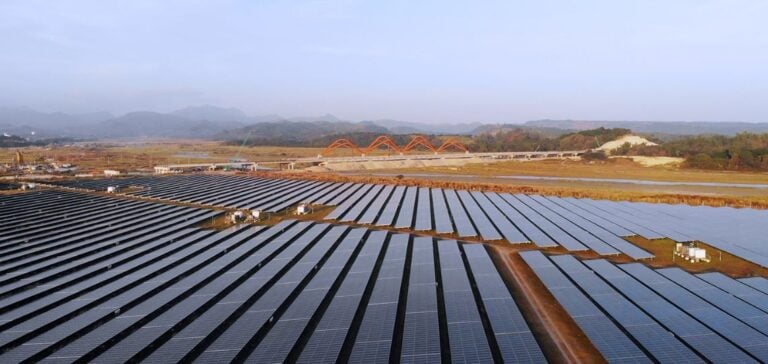Clearway Energy recently decided to cancel three power purchase agreements (PPAs) for solar projects with Hawaiian Electric, citing concerns over the utility’s financial stability. This decision follows significant financial losses Hawaiian Electric incurred due to litigation surrounding the August 2023 wildfires, which devastated Maui and destroyed the town of Lahaina. These disasters have led to estimated rebuilding costs in the billions, worsening the company’s financial position.
Leo Asuncion, chairman of the Hawaii Public Utilities Commission, confirmed this cancellation during a panel organized by the National Association of Regulatory Utility Commissioners. According to him, this decision could be an alarming sign for the future of renewable energy projects in the islands. Clearway, which was set to supply nearly 200 MW of solar energy via the Makana La Solar, Kaiwiki Solar, and Puako Solar projects, was one of fifteen developers selected in a request for proposal (RFP) issued by Hawaiian Electric.
Increased risks to the state’s energy targets
Asuncion expressed concerns that this decision could trigger a domino effect, prompting other renewable project developers to reconsider their commitments. “If other developers follow Clearway’s example, Hawaii might miss its renewable energy transition targets,” he warned. Hawaiian Electric currently aims to achieve over 40% renewable energy in its portfolio by 2030, a goal the company still believes is achievable despite this recent setback.
Hawaiian Electric spokesperson Darren Pai emphasized that the company continues to negotiate with twelve other projects selected in the same RFP, with commissioning scheduled between 2026 and 2033. However, the company is now seeking legislative measures to bolster investor confidence by guaranteeing payments to renewable energy producers, even amid financial challenges.
A strategy to appease investor concerns
In a context where wildfire-related litigation resulted in a $104.4 million net loss for Hawaiian Electric Industries (HEI) in the third quarter, HEI, Hawaiian Electric’s parent company, recently raised over $550 million through a stock issuance to fund settlement agreements. Despite this capital infusion, the company remains under scrutiny due to its substantial debt and significant financial obligations.
Clearway Energy, which continues to operate four renewable energy projects on Oahu, stated in a press release that it is ready to resume negotiations once Hawaiian Electric’s financial situation stabilizes. However, the group remains attentive to sector developments, as Hawaii’s public utility regulator has initiated actions to strengthen infrastructure resilience against wildfires, including risk mitigation and forecasting plans.
A financial model under scrutiny
The current situation raises broader questions about the financial viability of utility companies facing natural disasters and costly litigation. Hawaiian Electric recently closed a funding cycle to cover part of the litigation costs through four installment payments. However, this stabilization strategy does not seem to reassure all business partners, and the impact on future investments remains uncertain.
Amid this financial and regulatory tension, Hawaii’s energy sector leaders fear that additional project delays or cancellations could hinder the state’s energy transition. Clearway’s case could thus mark a turning point, underscoring the need for utilities to strengthen their economic models to meet the growing challenges of climate change.






















